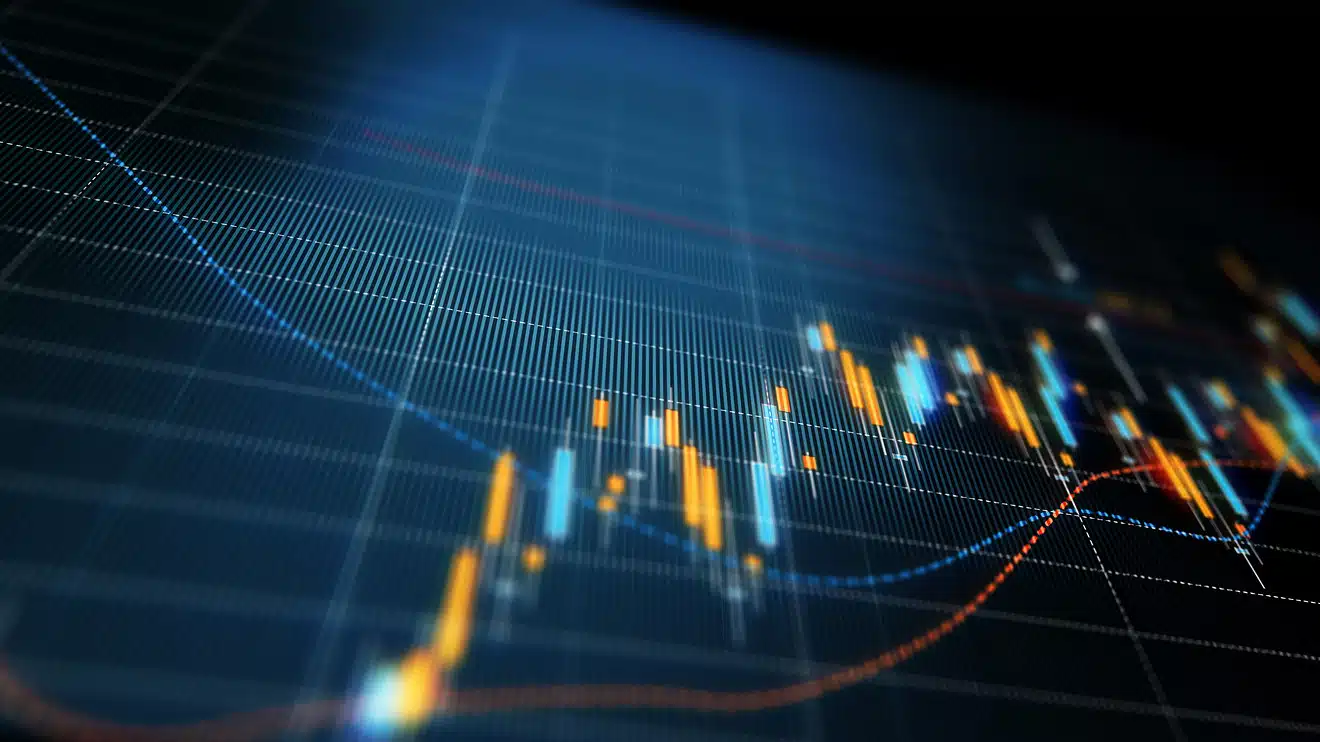After the Federal Reserve made the decision to increase its benchmark interest rate by a quarter percentage point, all eleven sectors of the S&P 500 Index were trading lower on late afternoon trading on Wednesday. Out of all of the sectors in the index, energy was hit the hardest, with the Energy Select Sector SPDR Fund down by approximately 1% at last check, according to FactSet data. Meanwhile, as the trading day came to a close, the S&P 500 Index suffered a drop of 0.6%.
The US Federal Reserve changed its monetary policy by increasing key interest rates from a range of 1% to 1.25% earlier this month after the conclusion of the Federal Open Market Committee (FOMC) meeting. There has been a steady improvement in the US labor market which has resulted in a significantly lower unemployment rate since the financial crisis had taken place.
On the other hand, inflation has remained just below the central bank’s target of 2%. Oil prices have dropped despite attempts from some of the world’s largest oil-producing countries to reduce the global oversupply of oil. Stocks, gold, and the US dollar have all been effected as investors attempt to balance the expected actions of the Fed against the unreliability of economic data. Despite this, economic growth globally remains relatively strong.
The new key Bank of Canada interest rate is now at its highest point in nearly a decade, despite the fact that it had just previously been cut as an emergency measure during the global financial crisis. Over the last two months, Bank policymakers have signaled that they may be preparing to raise rates. The Bank of England, in a similar situation, kept Britain’s interest rates at 0.25% last September, as this was the first cut it had experienced since the beginning of 2009. Now, some Bank officials have made the decision to vote to raise their own interest rates during policy meetings.
Canada’s decision to increase their rates is a sign of the effects of global pressures on interest rates. As of late, borrowing costs have increased for a variety of investors from home buyers to major corporations throughout the world. However, the state of affairs for interest rates in various regions throughout the world have come under scrutiny. In the last month, global bonds have gone down in value as yields have increased throughout the world, while stock prices for European and US banks have risen as the belief in the health of the financial system grew become stronger.
In some areas, investors have concluded that inflation and economic growth will remain just below their anticipated levels. In Germany, the bond market experienced steep losses after the European Central Bank appeared to be more upbeat than expected after the global rate-setting meeting which had taken place in June. It is unclear whether Canada’s decision to increase rates will affect the other central banks’ future decisions.
Overall, it appears that banks have become more confident in the health of their financial systems as the regulation of Wall Street becomes a top priority for those in charge of making these important decisions. The Volcker Rule, a key component of the 2010 Dodd-Frank Wall Street Reform and Consumer Protection Act, will be more strictly enforced, and this has contributed to this increasing confidence.
Though some turnaround has been observed in the world economy, confidence in global inflation and economic growth as well as returns on central bank policies has been shaken. Over the past year, the pound has been shaky due to Britain’s decision to leave the European Union, while the US dollar has become weaker against the backdrop of political uncertainty in the Trump administration.
Late-afternoon trading on Wednesday showed that all of the sectors of the S&P 500 were trading lower after the benchmark interest rate was increased by a quarter percentage point. This highlights the volatile nature of these markets in addition to the fact that investors remain unsure about the future of interest rates and investor sentiment, since the Federal Reserve’s actions have caused these fluctuations in the energy sector and beyond.


